Small molecule compound ZYZ-384 targets SMYD3 to alleviate aging
- PMID: 40634549
- PMCID: PMC12241328
- DOI: 10.1038/s41598-025-10345-y
Small molecule compound ZYZ-384 targets SMYD3 to alleviate aging
Abstract
SMYD3 is a chromatin modifier that facilitates the trimethylation of histone 3 lysine 4 (H3K4) to induce diverse biological activities. We have provided a brief demonstration of the anti-aging effect of ZYZ-384, a newly developed inhibitor targeting SMYD3. In order to validate the anti-senescence effect of ZYZ-384, we utilized angiotensin II to induce senescence in two types of human endothelial cells (HMEC-1) and mouse endothelial cells (SVEC4-10), creating cellular models for senescence. Additionally, we employed D-galactose-induced subacute senescence animal models as well as natural senescence animal models. At the cellular level, we assessed proliferation capacity and intracellular markers associated with aging. Aging markers, SASP and differential metabolites were evaluated at an organismal level using animal models. Compared to senescent cells or animals, ZYZ-384 application significantly inhibited levels of aging markers in both senescent cell and senescent animal models while promoting cell proliferation. Furthermore, it suppressed expression of SMYD3 and H3K4me3 along with over expression of HSP 90 and NF-κB. Our study demonstrates that ZYZ-384 is an effective inhibitor targeting SMYD3 which can effectively delay aging.
Keywords: Cell proliferation; Chromatin modifier; D-galactose; Senescence.
© 2025. The Author(s).
Conflict of interest statement
Declarations. Competing interests: The authors declare no competing interests.
Figures
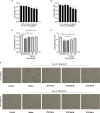
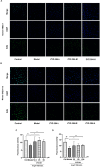
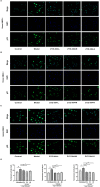
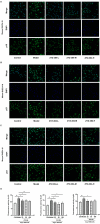

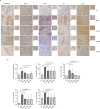
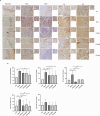
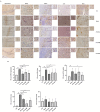
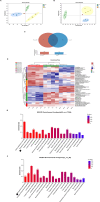
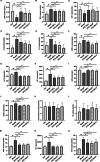

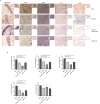
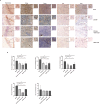
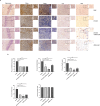
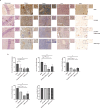
Similar articles
-
The transcription factor HOXA9 induces expression of the chromatin modifier SMYD3 to drive leukemogenesis.J Biol Chem. 2025 Jul;301(7):110320. doi: 10.1016/j.jbc.2025.110320. Epub 2025 May 30. J Biol Chem. 2025. PMID: 40451434 Free PMC article.
-
Senescence-associated alterations in histone H3 modifications, HP1 alpha levels and distribution, and in the transcriptome of vascular smooth muscle cells in different types of senescence.Cell Commun Signal. 2025 Jul 1;23(1):321. doi: 10.1186/s12964-025-02315-8. Cell Commun Signal. 2025. PMID: 40597225 Free PMC article.
-
Apoptotic priming in senescence predicts specific senolysis by quantitative analysis of mitochondrial dependencies.Cell Death Differ. 2025 May;32(5):802-817. doi: 10.1038/s41418-024-01431-1. Epub 2025 Jan 6. Cell Death Differ. 2025. PMID: 39762561
-
Targeting Senescence: A Review of Senolytics and Senomorphics in Anti-Aging Interventions.Biomolecules. 2025 Jun 13;15(6):860. doi: 10.3390/biom15060860. Biomolecules. 2025. PMID: 40563501 Free PMC article. Review.
-
Systemic pharmacological treatments for chronic plaque psoriasis: a network meta-analysis.Cochrane Database Syst Rev. 2021 Apr 19;4(4):CD011535. doi: 10.1002/14651858.CD011535.pub4. Cochrane Database Syst Rev. 2021. Update in: Cochrane Database Syst Rev. 2022 May 23;5:CD011535. doi: 10.1002/14651858.CD011535.pub5. PMID: 33871055 Free PMC article. Updated.
References
-
- Campisi, J. D’Adda Di Fagagna F. Cellular senescence: when bad things happen to good cells. Nat. Rev. Mol. Cell. Biol.8 (9), 729–740 (2007). - PubMed
-
- Mehdizadeh, M., Aguilar, M., Thorin, E., Ferbeyre, G. & Nattel, S. The role of cellular senescence in cardiac disease: basic biology and clinical relevance. Nat. Rev. Cardiol.19 (4), 250–264 (2022). - PubMed
-
- Lucas, V., Cavadas, C. & Aveleira, C. A. Cellular senescence: from mechanisms to current biomarkers and senotherapies. Pharmacol. Rev.75 (4), 675–713 (2023). - PubMed
-
- Xue, F. et al. Anti-aging properties of phytoconstituents and phyto-nanoemulsions and their application in managing aging-related diseases. Adv. Drug Deliv Rev.176, 113886 (2021). - PubMed
MeSH terms
Substances
LinkOut - more resources
Full Text Sources
Medical

